Pigmentation treatment in Dubai issues occur when the skin produces too much or too little melanin, the natural pigment responsible for skin color. Excess melanin production can lead to dark spots, uneven tone, and discoloration, often triggered by factors such as sun exposure, hormonal changes, skin injuries, inflammation, and certain medications. Common pigmentation conditions include melasma, sunspots, post-inflammatory hyperpigmentation, and freckles. While some pigmentation can fade naturally over time, persistent or severe cases often require targeted treatments for effective and long-lasting results. Understanding the underlying cause is crucial before selecting the right therapy, as different pigmentation types respond differently to various treatments.
The Importance of a Combined Approach:
Relying on a single Pigmentation treatment in Dubai (علاج التصبغات في دبي) may not always yield optimal results because pigmentation can be cause by multiple factors that affect different layers of the skin. A combined approach targets various pathways that contribute to pigmentation, offering a more comprehensive solution. For example, one therapy may reduce melanin production, while another works on exfoliating pigmented skin cells. By integrating multiple methods—such as laser therapy, chemical peels, and topical treatments—patients can address both surface and deep-rooted pigmentation. This multi-pronged strategy also helps prevent recurrence and improves overall skin tone and texture.
Laser Therapy for Precision Treatment:
Laser treatments are widely used for targeting stubborn pigmentation as they work by breaking down melanin deposits without harming the surrounding skin. Depending on the wavelength and type of laser used, treatments can penetrate different depths of the skin, making them effective for both superficial and deeper pigmentation. For instance, Q-switch lasers are known for treating sunspots and freckles, while fractional lasers can address deeper melasma or post-inflammatory pigmentation. When combined with other therapies, laser treatment can significantly speed up the fading process and stimulate collagen production, enhancing skin smoothness and radiance.
Chemical Peels for Surface Pigmentation:
Chemical peels involve applying a solution that gently exfoliates the top layers of the skin, removing damaged cells and revealing a brighter, more even complexion. Depending on the formulation and strength, peels can target mild to moderate pigmentation. Ingredients like glycolic acid, lactic acid, and trichloroacetic acid (TCA) are common in pigmentation peels, each working to dissolve pigmented cells and promote skin renewal. When used in combination with laser therapy or topical brightening agents, chemical peels can prepare the skin for better penetration of active ingredients and help maintain results by continuously sloughing off darkened skin cells.
Topical Treatments to Support Results:
Pigmentation treatment in Dubai (تصبغ), especially when combined with in-office procedures. Ingredients like vitamin C, kojic acid, azelaic acid, niacinamide, and retinoids can help inhibit melanin production, reduce oxidative stress, and promote cell turnover. These creams and serums work gradually, ensuring ongoing suppression of pigmentation and preventing its return. Applying topical treatments after laser sessions or chemical peels can enhance their effectiveness, as the skin becomes more receptive to active ingredients. Consistent use, combined with proper sun protection, is essential to maintain an even skin tone over the long term.
Microneedling for Enhanced Product Absorption:
Microneedling uses fine needles to create controlled micro-injuries in the skin, stimulating natural healing processes and collagen production. This technique not only improves skin texture but also enhances the absorption of topical pigmentation treatments. When serums containing brightening agents are appling immediately after microneedling, they penetrate deeper into the skin, leading to faster and more visible results. Combining microneedling with treatments like chemical peels or laser therapy can produce synergistic effects, as each method targets pigmentation in different ways, ensuring comprehensive and balanced improvements.
The Role of Sun Protection in Combination Therapy:
No pigmentation treatment plan is complete without strict sun protection. Ultraviolet (UV) rays are a major trigger for pigmentation, and exposure can undo the progress made through treatment. High-quality sunscreen with broad-spectrum protection should be used daily, even indoors, as UV rays can penetrate windows. Protective clothing, hats, and sunglasses further reduce the risk of pigmentation recurrence. When sun protection is integrate into a combination therapy plan, it acts as a safeguard, allowing other treatments to work effectively and preventing the formation of new dark spots.
Achieving Long-Term Success:
Combining pigmentation therapies is not just about clearing dark spots quickly—it’s about ensuring they stay away. Long-term success relies on a customized maintenance plan that may include occasional touch-up treatments, ongoing use of topical agents, and lifestyle adjustments such as sun avoidance and skin-friendly habits. Consistency is key; pigmentation can be stubborn and prone to recurrence if preventive steps are neglect. By using a carefully balanced mix of treatments and committing to ongoing care, it is possible to achieve and maintain a brighter, clearer, and more even complexion over time.
Conclusion:
Pigmentation treatment in Dubai (تصبغ) is most effective when multiple therapies are strategically combine to address both the surface and deeper causes of discoloration. By integrating methods such as laser therapy, chemical peels, microneedling, and topical agents—alongside strict sun protection—skin can achieve a more even tone, improved texture, and longer-lasting clarity. This holistic approach not only speeds up visible results but also minimizes the risk of recurrence. With consistent care, a tailored combination plan can transform uneven, dull skin into a radiant and healthy-looking complexion that endures over time.

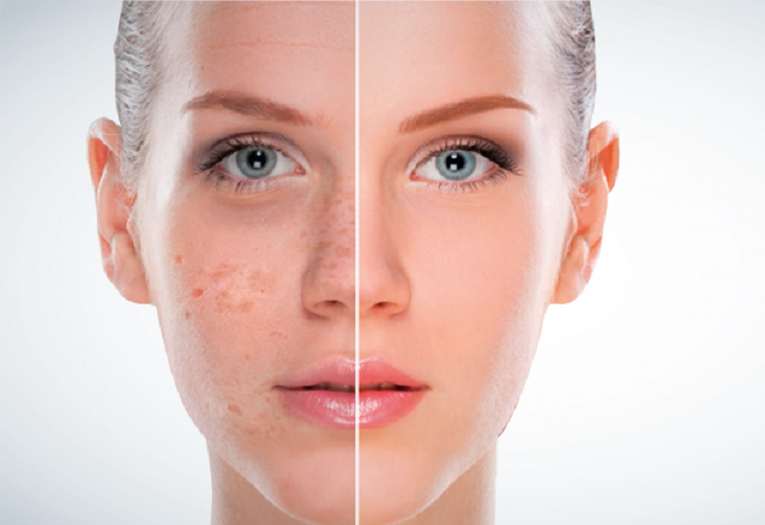
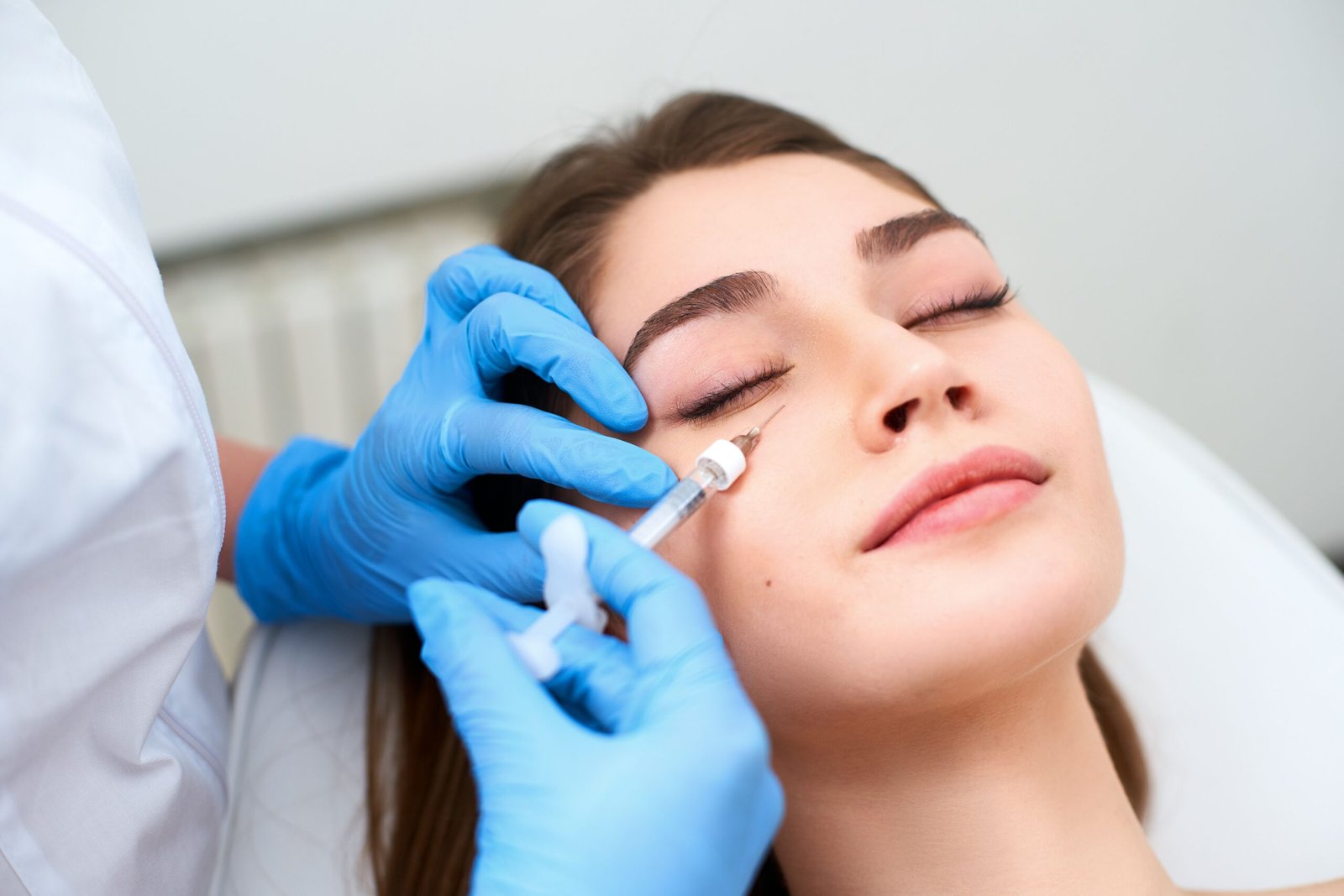
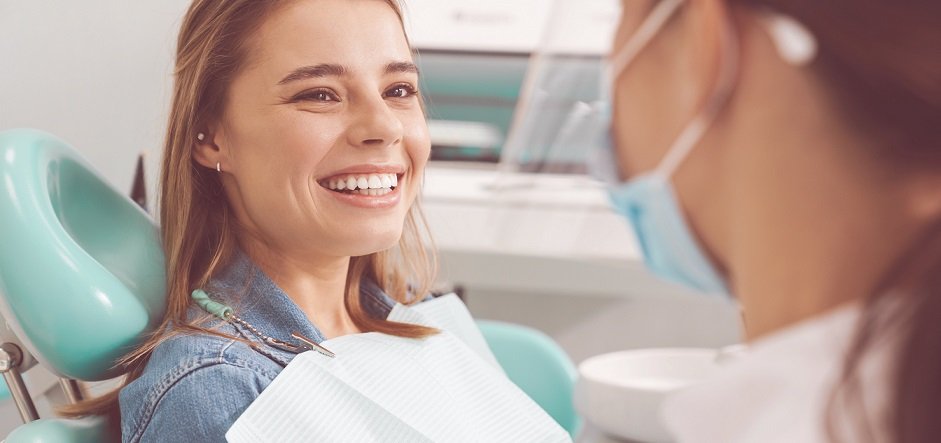
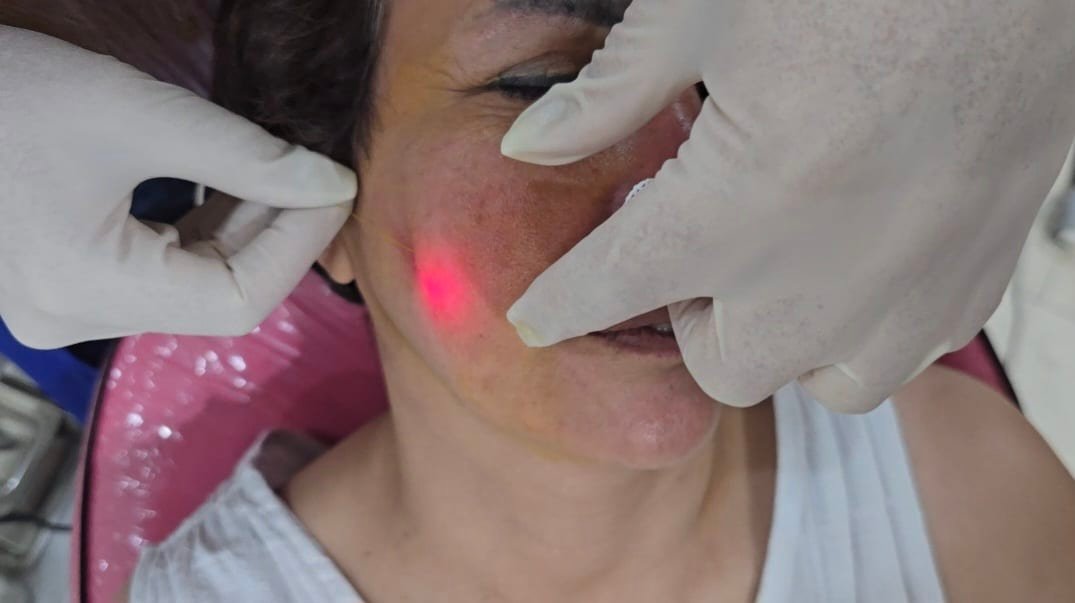
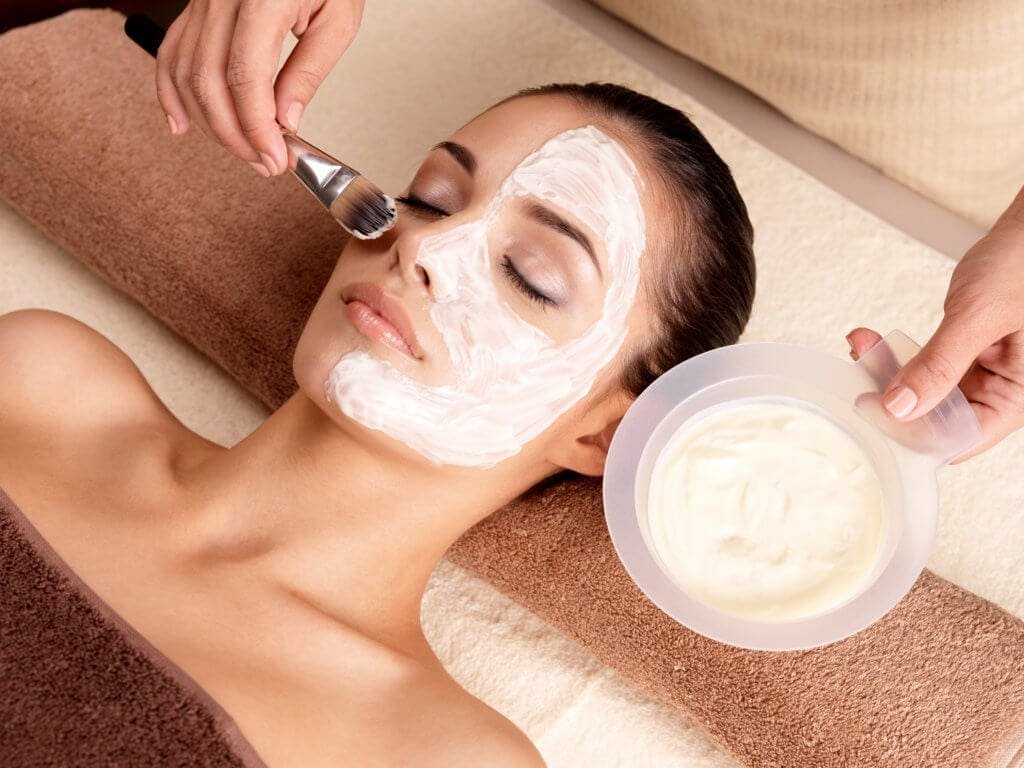
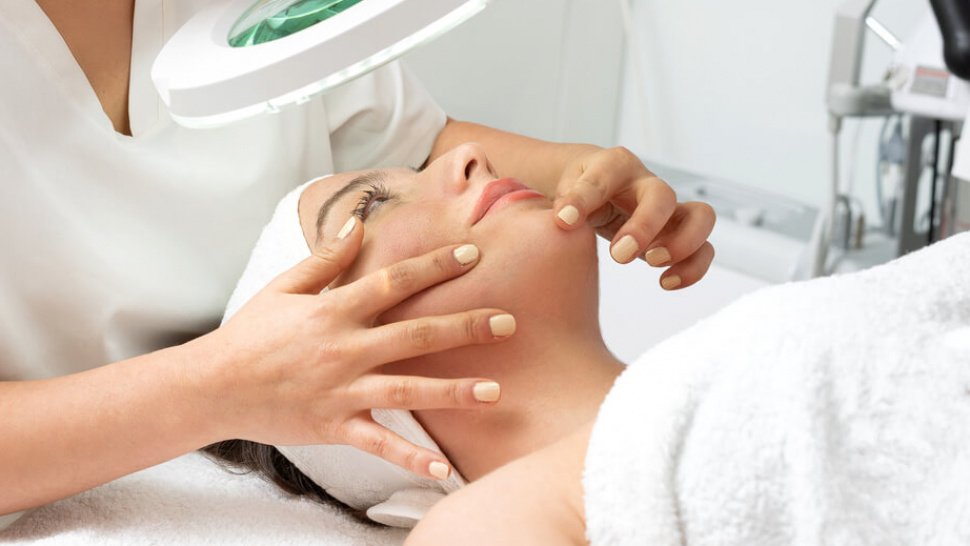
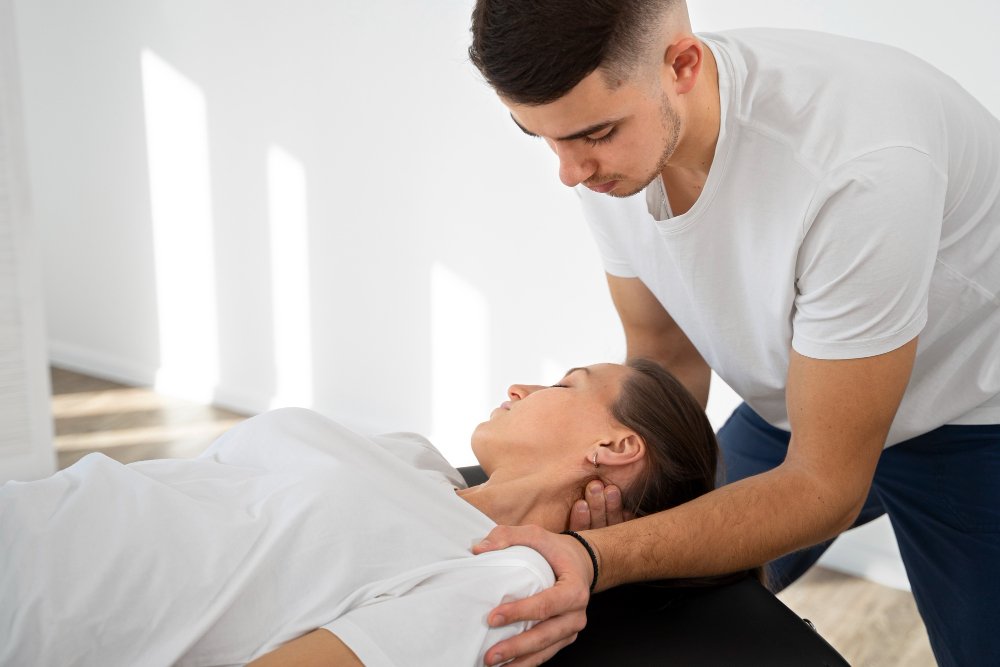
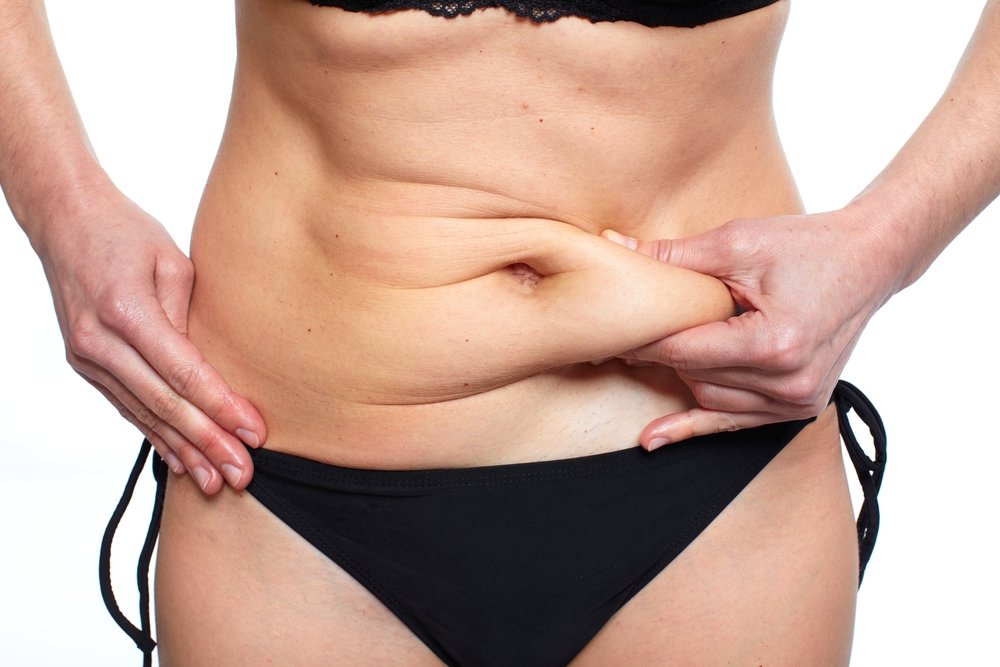
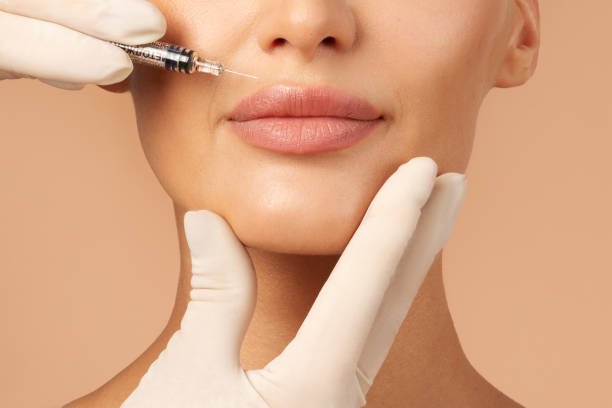

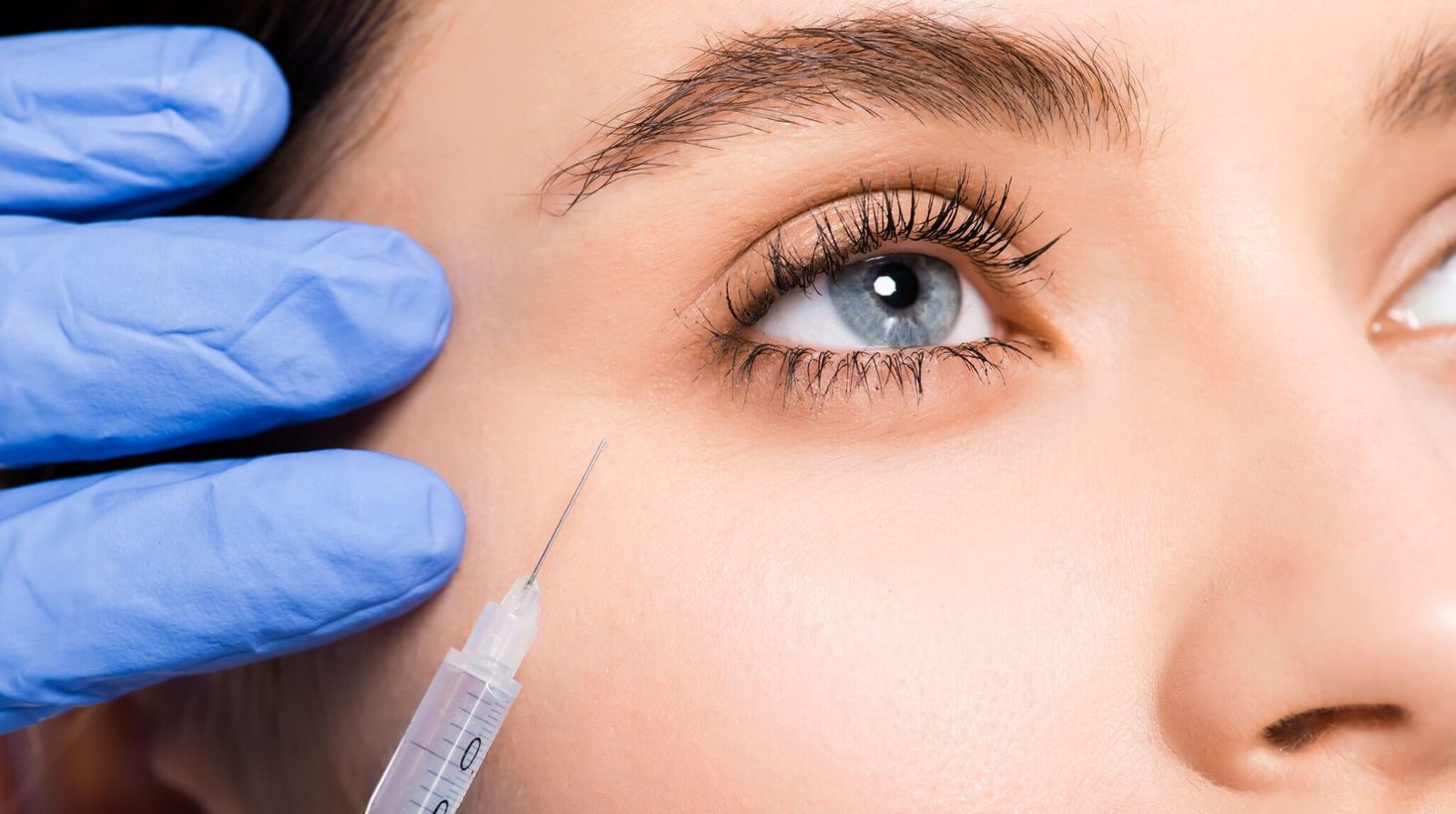


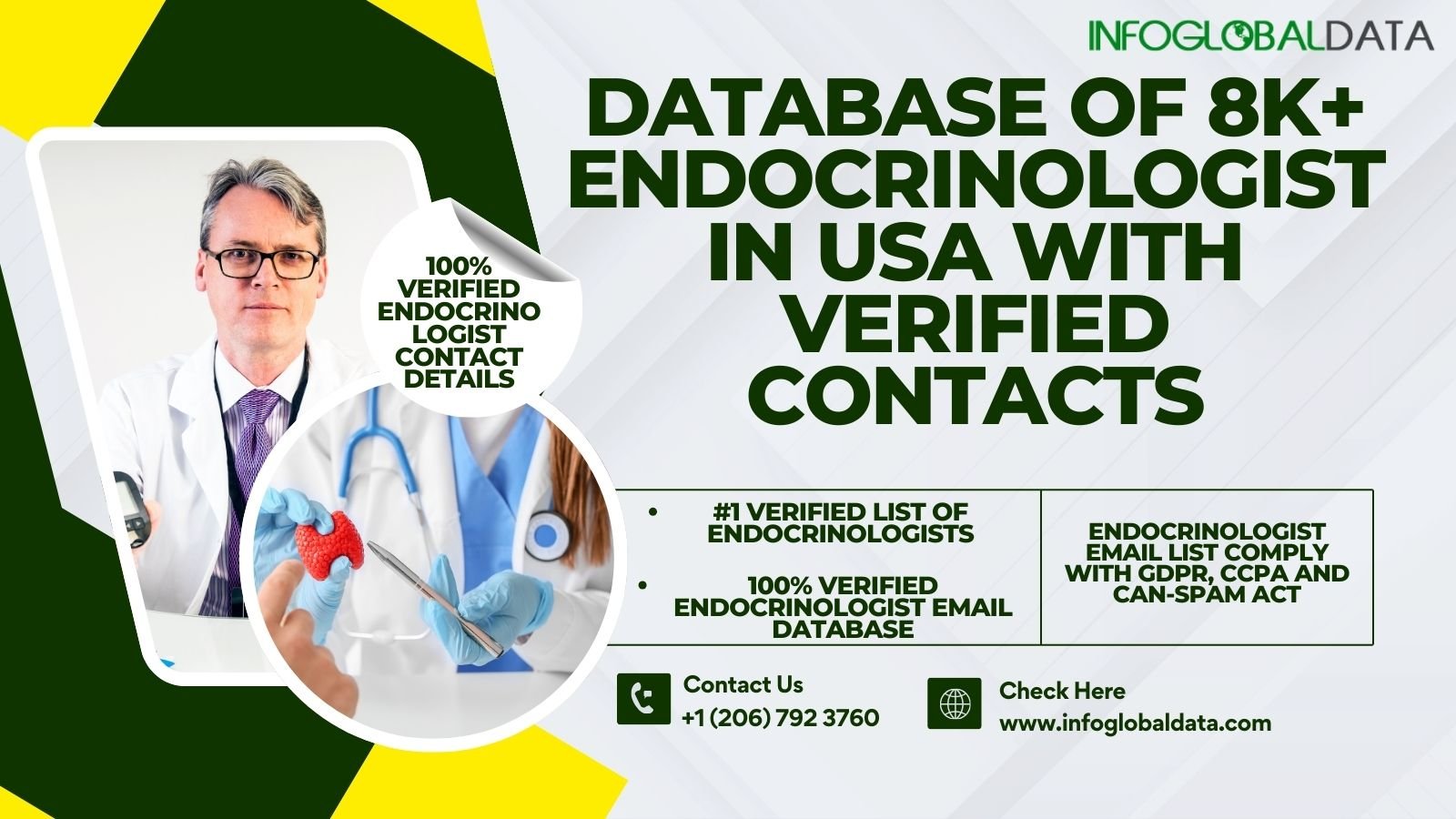

Leave a Reply